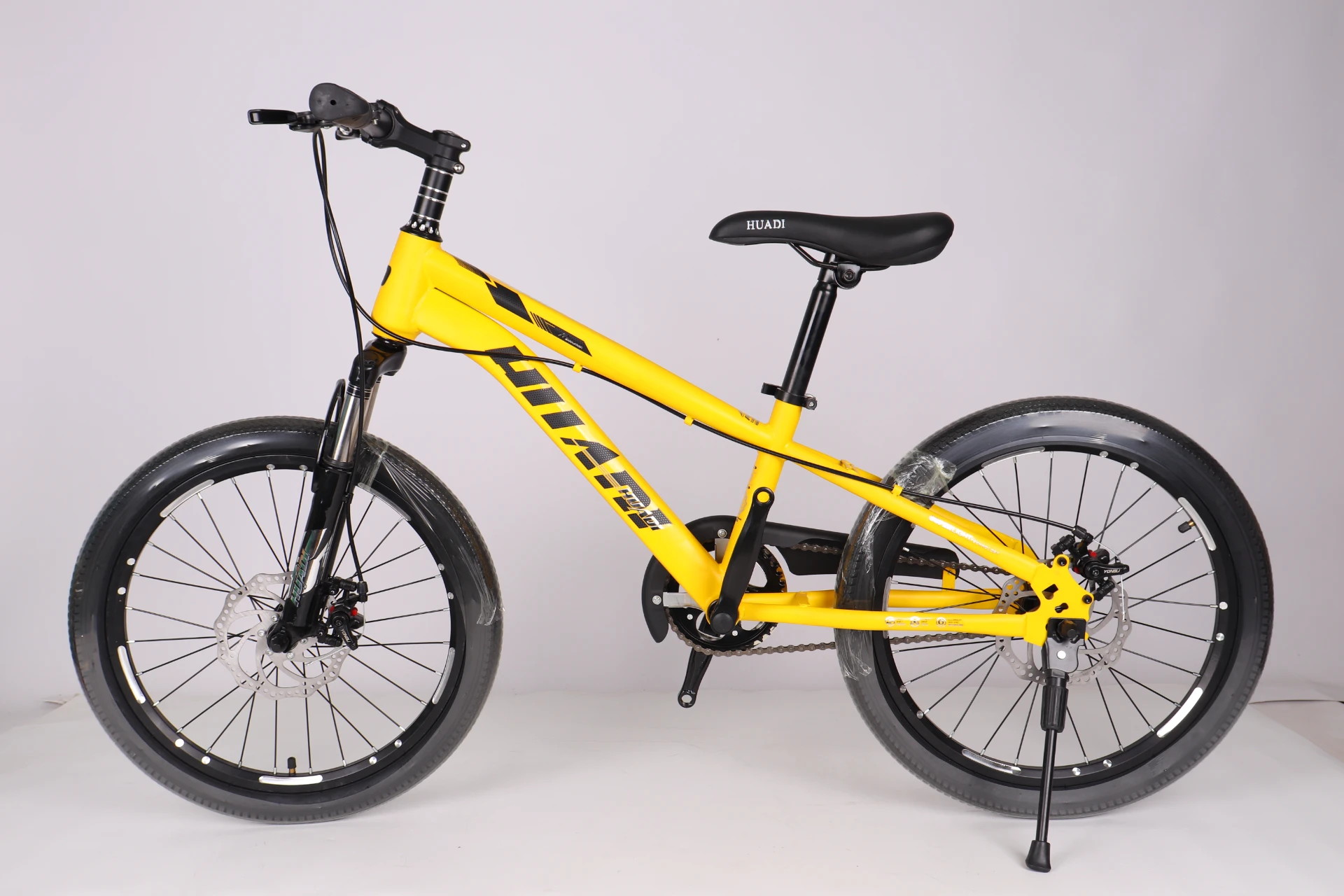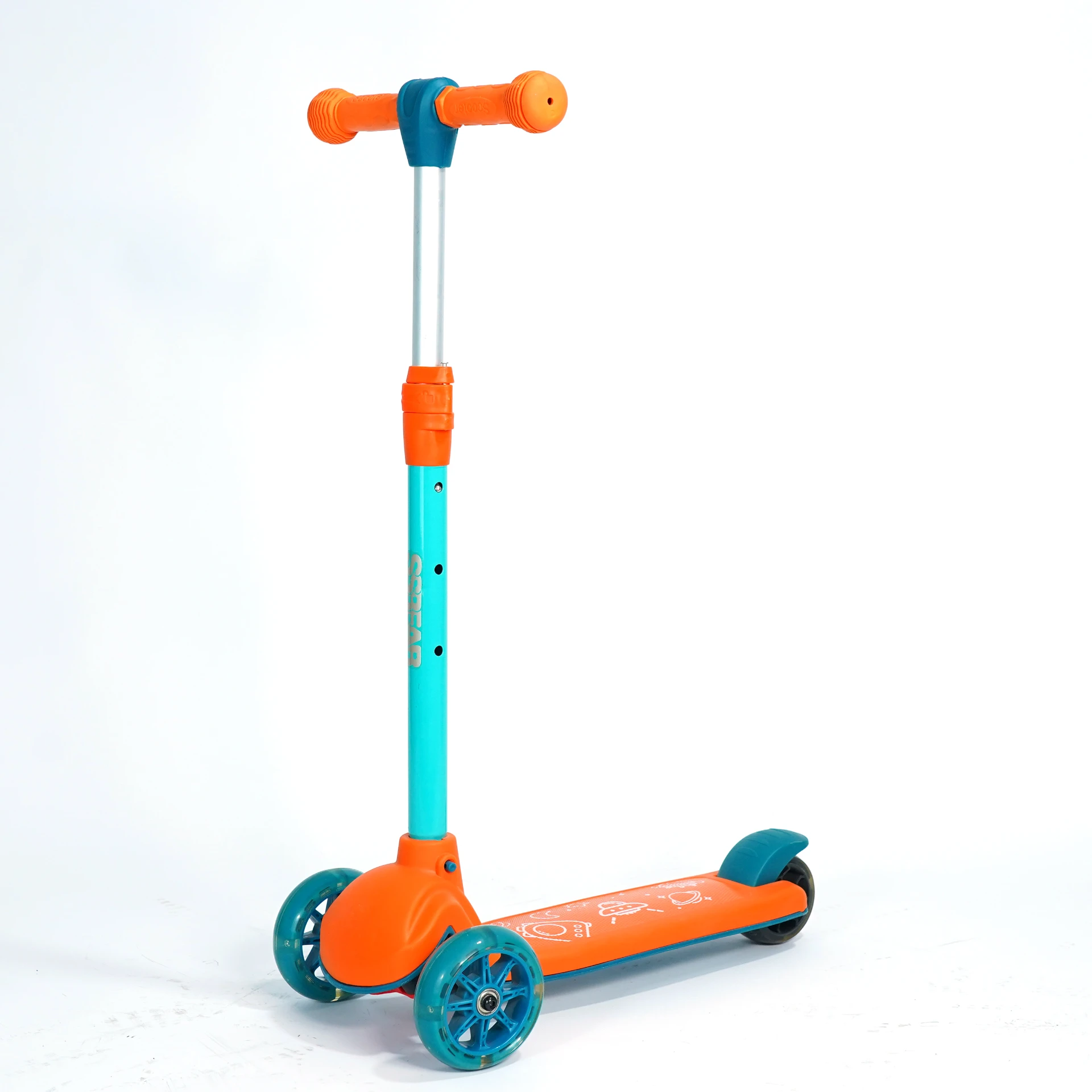Explore All MTB Types: Complete Guide to Mountain Bikes & Trends
Understanding All MTB Types: A Global Perspective
If you're even a little curious about mountain bikes, you've probably stumbled upon the phrase all mtb types. But why should any of us care beyond the usual weekend trail ride, or the local dirt jump? It turns out the variety of mountain bike types doesn’t just cater to casual fun—it reflects broader trends in outdoor recreation, global fitness movements, and even local economies driven by adventure tourism. Understanding all mtb types helps manufacturers, retailers, and riders make informed decisions that influence sustainability, innovation, and even social inclusion in sports worldwide.
In fact, according to the World Bank’s 2022 sport and leisure activity report, participation in off-road cycling has grown by nearly 12% annually over the past five years in regions including North America and Europe, with significant upticks in emerging markets like Southeast Asia and South America. This surge raises questions: Are our bikes designed for everyone? Do all mtb types serve different terrains, climates, and rider needs equally well? And importantly, how do these bike types support communities economically and socially?
What Are All MTB Types? Breaking It Down
In simple terms, all mtb types refers to the broad spectrum of mountain bike categories distinguished by their design, suspension, frame geometry, and intended use. These range from the nimble cross-country (XC) bikes, optimized for speed and efficiency, to the burly downhill (DH) machines built for tackling steep, technical descents at breakneck speeds. Somewhere between are trail bikes, enduro bikes, fat bikes, and electric mountain bikes (eMTBs), each with their unique features tailored to specific rider requirements and terrain challenges.
Why does this matter? Because mountain biking isn’t just about sport anymore — it’s about accessibility, safety, and environmental stewardship. The right type of mountain bike can enhance not only performance but rider confidence and enjoyment, encouraging more people to get active outdoors with sustainable gear.
Key Factors That Define Each MTB Type
1. Frame Geometry
The angles and lengths of an MTB’s frame shape how the bike handles. Cross-country bikes use steep head angles for quick steering; downhill bikes adopt slack angles for stability at high speed. That geometry determines whether a bike feels twitchy or steady on rocky, twisty trails.
2. Suspension Travel
Different types come with varying suspension distances — usually measured in millimeters — to absorb trail bumps. For example, XC bikes might have 80-120mm travel, sufficient for smooth trails, whereas enduro and downhill variants can feature upwards of 160-200mm for rough, technical rides.
3. Wheel Size
Choices typically range from 26 inches (older standard), to 27.5, and now mostly 29 inches on many new bikes. Wheel diameters affect rollover capability and acceleration — bigger wheels smooth rough terrain but may reduce maneuverability.
4. Weight
XC bikes prioritize lightweight materials like carbon fiber for quicker climbing and sprinting. In contrast, downhill bikes are heavier and more robust, sacrificing weight for durability and strength needed on tough descents.
5. Tire Width & Tread
From the slick, narrow tires of XC bikes built for speed, to the fat tires of snow or sand-focused fat bikes, tread design affects grip and rolling resistance for different trail surfaces.
Mini Takeaway:
Not all mountain bikes are created equal. These key elements combine to influence a bike’s suitability for different riders and terrains — understanding them helps you pick what fits your needs best.
Global Applications & Why They Matter
Mountain bikes aren’t just toys for adrenaline junkies in the Alps or Rocky Mountains. Their utility spans globally, influencing industries and communities:
- Adventure tourism: Countries like New Zealand and Costa Rica have built economies around mountain biking tourism, requiring diverse mtb types to suit their unique landscapes.
- Humanitarian logistics: Oddly enough, robust MTB variants are sometimes used in remote or disaster-prone areas where roads are scarce, helping deliver medicines and supplies faster than traditional vehicles.
- Urban mobility: Electric mountain bikes (eMTBs) blur the line between trail and city use, offering eco-friendly commuting options in congested cities around Europe and Asia.
- Sport & Rehabilitation: Therapists globally recommend tailored mountain biking for physical therapy, harnessing different bike types to suit a patient’s strength and balance.
Mini Takeaway:
The diversity of MTB types supports everything from global markets to local community resilience, reinforcing why the term all mtb types carries real-world significance beyond the trails.
Advantages & Long-Term Value of Understanding All MTB Types
Choosing the right mountain bike type offers both immediate and lasting benefits. Cost-efficient models reduce unnecessary spending, while purpose-built bikes increase safety and reduce accident risks. There’s also a strong sustainability angle — bikes designed for longevity with durable parts mean less waste and fewer replacements. Emotionally, owning a well-suited bike connects riders deeply with their environment, fostering well-being and a sense of achievement.
Product Specification Table for Popular MTB Types
| MTB Type | Suspension Travel (mm) | Typical Wheel Size | Weight (kg) | Primary Use |
|---|---|---|---|---|
| Cross-Country (XC) | 80-120 | 29" | 9 - 11 | Racing / Fitness |
| Trail | 120-150 | 27.5" / 29" | 11 - 13 | All-around riding |
| Enduro | 150-170 | 27.5" / 29" | 13 - 15 | Downhill & climbing |
| Downhill (DH) | 180-220 | 27.5" | 15 - 17+ | Steep descents |
| Fat Bike | 80-120 | 26" wide tires | 11 - 14 | Snow, sand, soft terrain |
Comparing Top Mountain Bike Vendors
| Brand | Price Range | Specialty | Innovation Focus |
|---|---|---|---|
| Trek | $1,000 - $10,000 | Varied MTB types | Carbon frames, eMTBs |
| Specialized | $800 - $12,000 | Cross-country, Trail, eMTB | Suspension tech, digital cockpit |
| Santa Cruz | $2,000 - $9,000 | Enduro, Downhill | Frame design durability |
| Giant | $700 - $7,500 | Affordable MTB range | Composite materials, eBike tech |
Looking Ahead: Future Trends in MTB Design and Use
The mountain bike world is evolving rapidly. Electric mountain bikes have become something of a game-changer, bringing eMTBs into focus for casual riders and seasoned pros alike. Industry insiders say this trend is only accelerating, with battery tech advancing fast, promising better range and lighter rigs.
Sustainability is also top of mind — many brands are experimenting with recyclable composites and carbon-neutral manufacturing processes. Imagine a bike frame that not only handles rough terrain but leaves a gentler footprint on the planet. Oh, and digital integrations are not just fancy add-ons anymore; GPS, trail analytics, and suspension tuning apps are becoming expected features.
Challenges & Expert Solutions
No industry is without its quirks. Mountain biking equipment can be pricey, and specialized mtb types often require detailed rider knowledge to match bikes correctly. Another challenge is accessibility—good trails and service options aren’t universal, especially outside developed markets.
Experts recommend education programs for riders, plus modular bikes that adapt to multiple styles, making them more versatile and budget-friendly. Also, community building around trail maintenance and safety workshops boosts local involvement and bike longevity.
FAQ: Your Questions About All MTB Types Answered
Q: What’s the main difference between trail bikes and enduro bikes?
A: Trail bikes are designed for general versatility with moderate suspension, suitable for all-around trail use and some climbing. Enduro bikes prioritize descending capability with longer suspension travel but still offer decent climbing efficiency. In essence, if you love steep, technical downhill and want to pedal back up, enduro might be your pick; trail bikes feel more balanced for multi-terrains.
Q: Can electric mountain bikes replace traditional MTB types?
A: eMTBs don’t replace traditional types but complement them. They allow riders to tackle longer or steeper routes with less fatigue, opening the sport up to more people. That said, eMTBs can be heavier and pricier, so they’re often a supplement, not a wholesale replacement.
Q: Are fat bikes suitable for beginners?
A: Fat bikes offer great stability because of their wide tires and lower pressure, making them forgiving on loose terrain like sand and snow. This can make them beginner-friendly, but their extra weight and unique handling might require some getting used to compared to standard MTBs.
Q: How do I know which wheel size is right for me?
A: Generally, 29ers provide better rollover and stability on rough trails but can feel less nimble. 27.5" wheels strike a balance between agility and smooth ride, favored in versatile trail and enduro bikes. It's best to test-ride different sizes if you can.
Q: Can mountain bikes be used for urban commuting?
A: Definitely! Many riders use trail or hardtail MTBs for city commuting, especially if routes have rough pavement or light off-road sections. Electric MTBs are gaining popularity in this scene for effortless commuting combined with the option to head off-road on weekends.
Conclusion: Embracing the Full Spectrum of All MTB Types
Mountain biking is a diverse, evolving sport and industry. Knowing the characteristics, applications, and innovations behind all mtb types allows riders, businesses, and communities to maximize enjoyment, utility, and sustainability. Whether you’re a thrill-seeker chasing steep descents or a casual explorer looking for eco-friendly urban options, there’s an MTB design out there made for you.
If you want to dive deeper into specific models, accessories, or trail guides, be sure to explore our all mtb types resource hub. Your next ride might just be a click away.
References
-
Baby Balance Bike OEM Service – Kids No-Pedal, LightweightNewsNov.10,2025
-
OEM Kids Bike Children Bicycle – Cheap Wholesale BicyclesNewsNov.10,2025
-
Kids Bike New Model 12–18 inch Boys & Girls Bike, AdjustableNewsNov.10,2025
-
China Cheap Price Safe Kids Bike for 10yo w/ Training WheelsNewsNov.10,2025
-
China CE-Certified Kids Balance Bike, Guaranteed QualityNewsNov.10,2025
-
Colorful Outdoor Flashing Carton Children Scooter for KidsNewsNov.10,2025
-
Best Price Kids Balance Bike – Superior Quality, No PedalsNewsNov.10,2025








